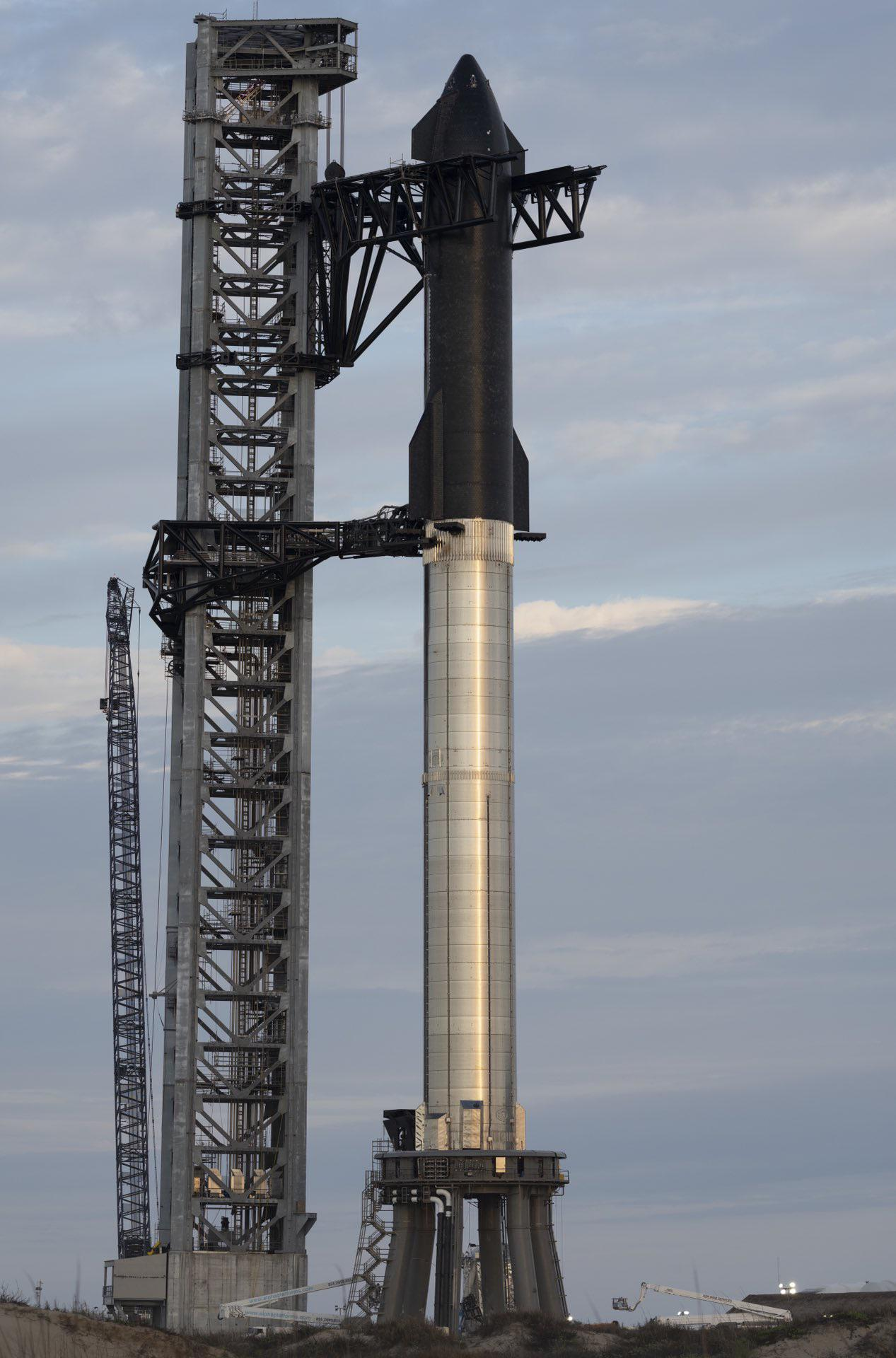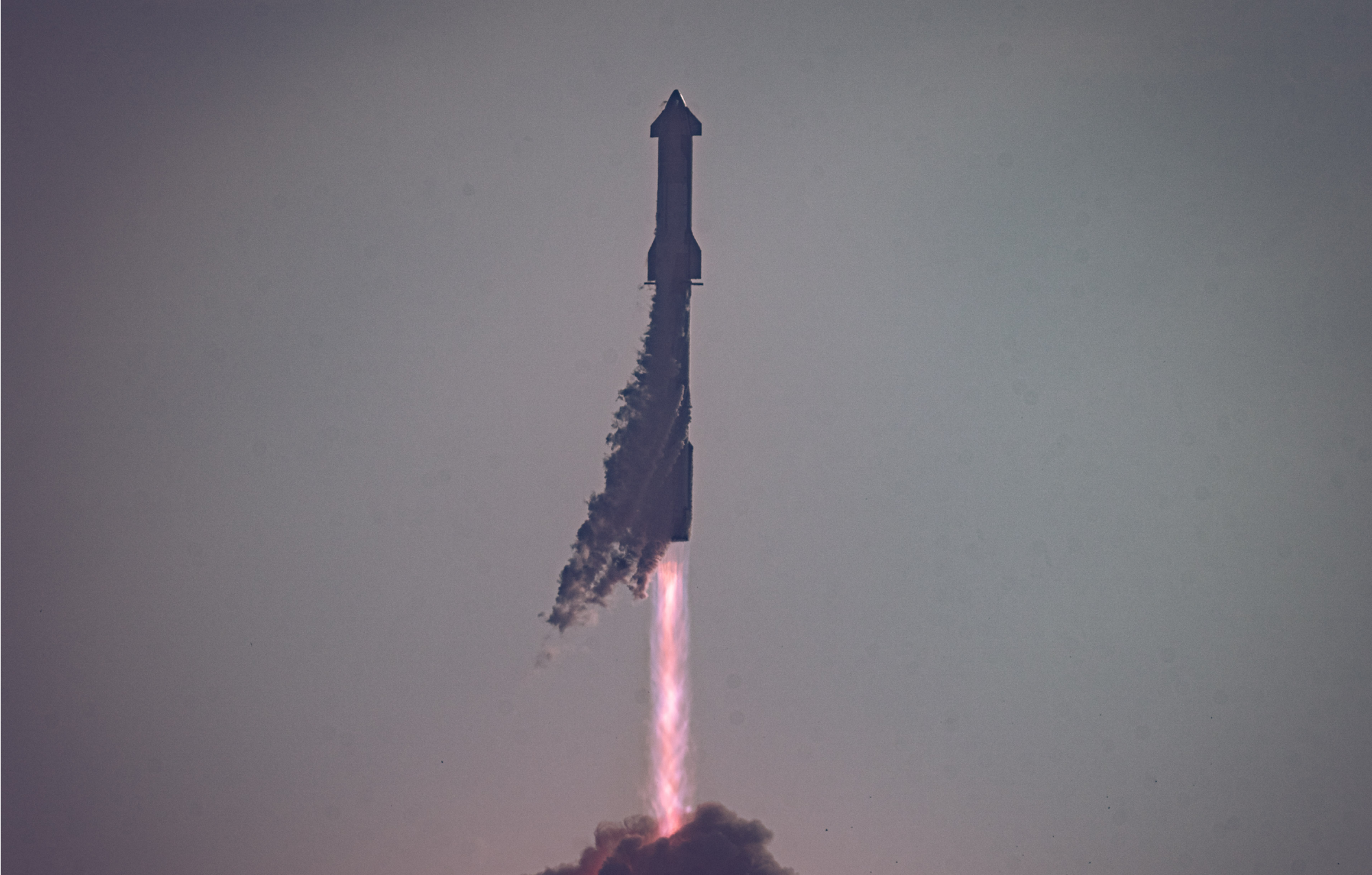Recently the United States Coast Guard published a notice to mariners around the water east of Brownsville, Texas. The notice from the United States Coast Guard reads as follows;
"On August 31, 2023, mariners operating offshore in waters east of Brownsville, Texas, are advised of rocket launching activities and associated hazardous areas which may impact navigation interests. Navigational hazards from rocket launching activity may include, free falling debris and/or descending vehicles or vehicle components, under various means of control. Mariners should avoid all waters within rocket flight trajectories originating from launch sites in the vicinity of Boca Chica Beach and Brownsville, Texas."
This is a good sign of SpaceX's confidence in being able to make another launch attempt of the Starship-Super Heavy launch vehicle after its improvements to the launch site and launch vehicle.
Since Starship-Super Heavy's last launch attempt, which resulted in what some called a 'rapid unscheduled excavation' of the ground under the orbital launch mount, a series of changes and improvements have been made. The first of which is a sound suppression/water deluge system under the orbital launch mount to prevent the Super Heavy booster from destroying the ground under it. SpaceX has also moved away from hydraulic thrust vector control to electric thrust vector control, the old thrust vector control system resulted in a loss of control of the launch vehicle during its first flight attempt.

What is Starship-Super Heavy?
Starship-Super Heavy is SpaceX's in-development fully reusable super heavy-lift launch vehicle. SpaceX is currently aiming to have the launch vehicle deliver one hundred and fifty tons to low Earth orbit while reused or two hundred and fifty tons when expended.
Starship is the second stage of the Starship-Super Heavy launch vehicle and is planned to be reused. The Starship second stage is fifty meters tall and nine meters wide. The second stage is powered by three sea-level Raptor engines and three vacuum Raptor Engines with plans to increase it to six in the future, these engines burn liquid methane and liquid oxygen with a maximum thrust of 1500 tons. Starship is believed to weigh one hundred tons empty and one thousand three hundred tons fully fuelled. For reusability, Starship will separate from the booster, Super Heavy, in flight and continue up toward orbit. After a few orbits Starship will perform a deorbit burn and re-enter the atmosphere, after re-entry Starship will aim to land on the chopsticks' of the launch tower, also called Mechazilla.
Super Heavy is the first stage booster for the Starship-Super Heavy launch vehicle and is planned to be reused, it is also currently the most powerful rocket stage ever flown. The Super Heavy booster is seventy-one meters tall and nine meters wide. The booster is powered by thirty-three Raptor engines burning liquid methane and liquid oxygen with a maximum thrust of 7590 tons. Super Heavy is believed to weigh two hundred tons empty and three thousand six hundred tons fully fuelled. For reusability, Super Heavy will launch from the Orbital Launch Mount and will then perform a boost back burn and land on the 'chopsticks' of the launch tower, also called Mechazilla, using its grid fins at the top for greater aerodynamic control during unpowered flight.
SpaceX also plans to add a 'hot staging' ring to the top of the booster before it flies for the second integrated flight test to increase the performance of the rocket.






